
When Nanoleaf recently announced a smart lighting collaboration with Umbra, we weren't sure what to expect. Whilst Nanoleaf is known for producing some of the best smart lights out there, Umbra has mostly stuck to modern home decor and minimalistic shelving. However, as soon the models appeared, everything began to make sense.
Together, the two bands created the Cono Portable Lamp and Cup Lamp. Both lamps feature full-spectrum RGBW light and advanced smart technology built on the Matter platform. The Cup Lamp comes in the singular black colour, whereas the Cono is available in Grey or Sierra.
To find out more, I've been trialling the Cono Portable Lamp to see if its funky design counteracts its performance. Keep reading to find out my thoughts, and whether the lamp is worth a purchase or not.
Nanoleaf x Umbra Cono Portable Smart Lamp review: price and availability
The Nanoleaf x Umbra Cono Portable Smart Lamp has an RRP of £110 and can be purchased from Nanoleaf or Umbra.
It's available in Grey or Sierra, and I've been trialling the Grey.
Nanoleaf x Umbra Cono Portable Smart Lamp review: unboxing and set up
After unboxing the Cono, I knew I had underestimated how small it would be. Its face is around 14cm wide, and it reaches about 13cm in height. However, for a portable lamp, I actually wouldn't want it to be much bigger than this.
The lamp comes in a small cardboard box, and is already assembled.
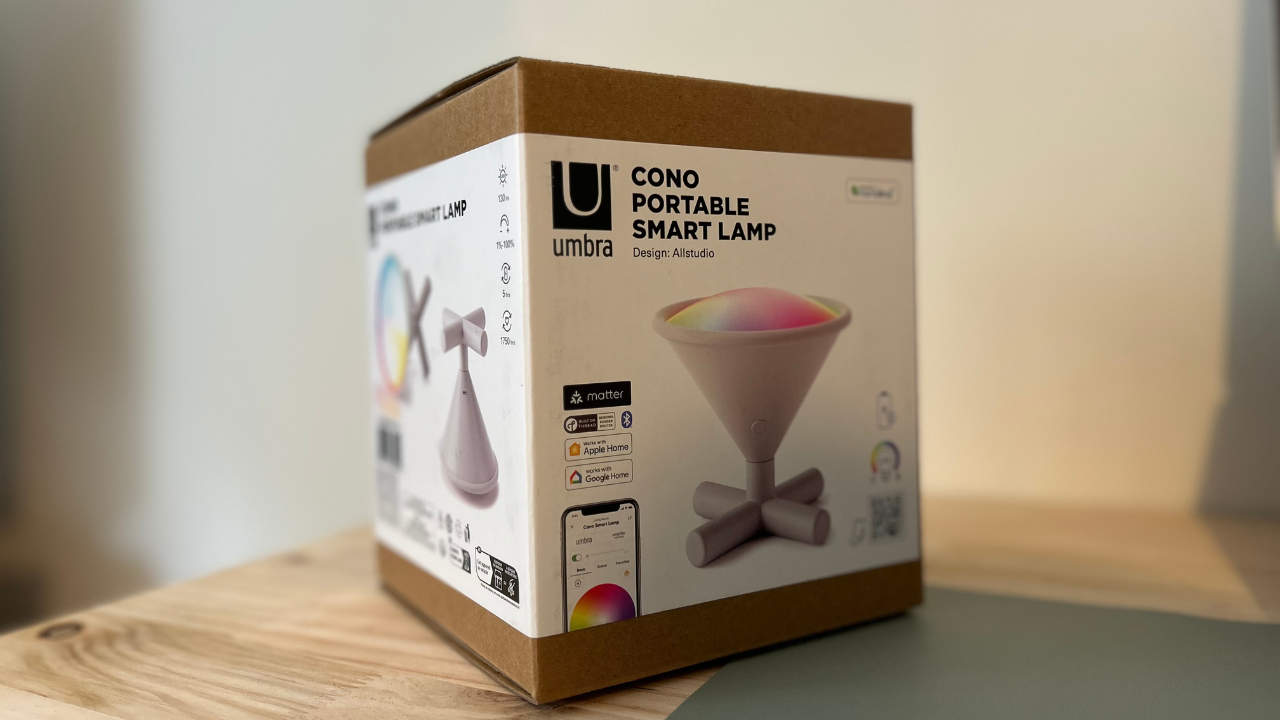
I also came across instructions and a USB-C charging cable. The cable is 1.5 metres long, meaning it be plugged in like a normal lamp if you'd prefer to keep it stationary.
However, I was slightly disappointed that the only cord colour option was black, as a lighter colour would have blended in better.
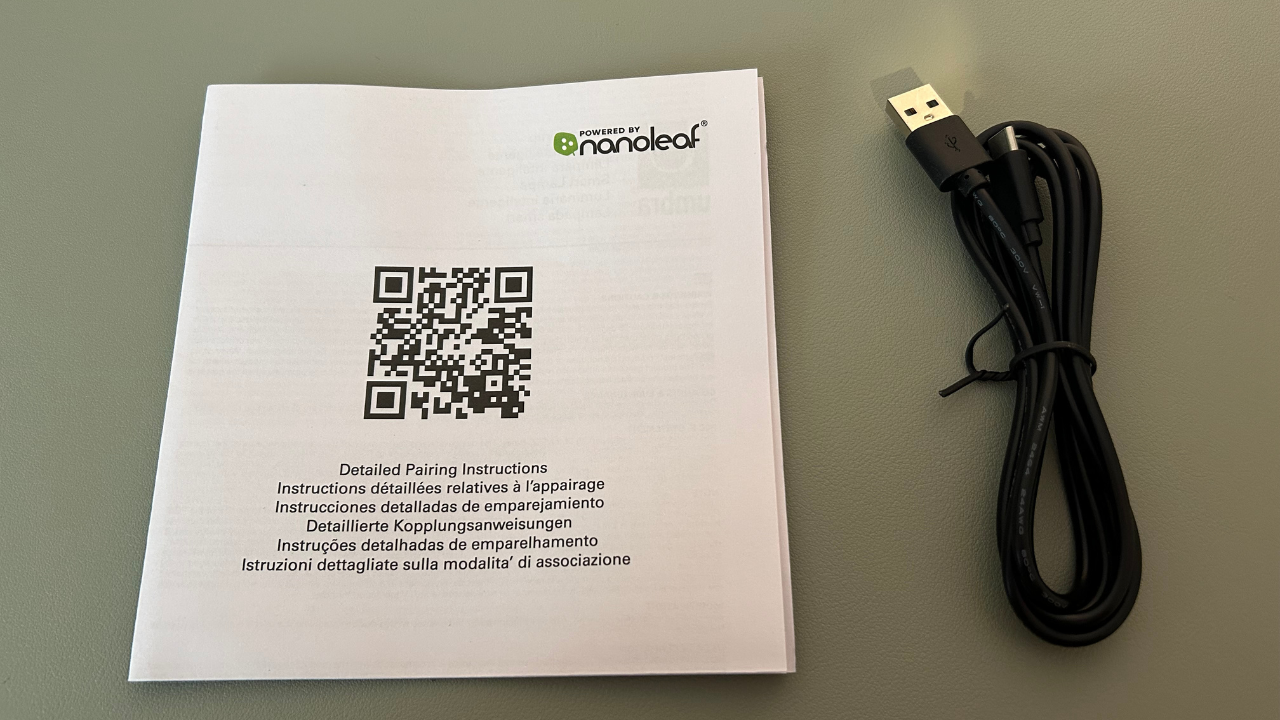
Nanoleaf x Umbra Cono Portable Smart Lamp review: design and features
One of the best things about the Nanoleaf x Umbra Cono is its versatile design. It can be positioned upright, on its side or upside down. Nanoleaf also mentions that its unique leg design means it can be used like a torch, although I'm not too sure about that one.
There's no getting around the fact the Cono has a high price point, but at least there's an element of versatility that explains this. It's nice to be able to move it around freely, and to get a different look each time.
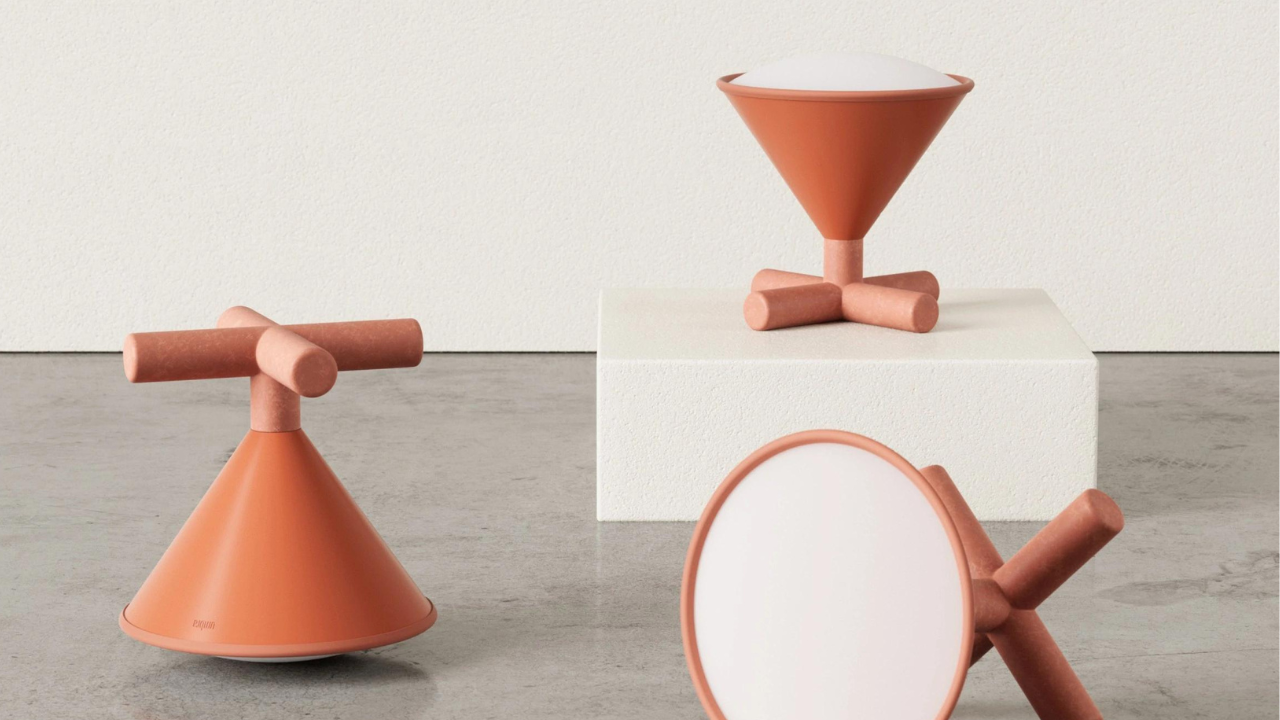
Nanoleaf smart lights can access over 16 million colours and shades of white, which is about as good as it gets. The Cono also has 1-100% dimmability and has an average brightness of 130 lumens. This isn't a huge amount compared to other smart lamps, but it's not awful.
The Cono can also be controlled in three different ways: via the built in button, wirelessly through the Nanoleaf App or through a smart home ecosystem. As the lamp is Matter-compatible, some examples include Apple Home, Google Home and Amazon Alexa. If controlling via the button, it needs to be pressed three times to wake the lamp up.
The battery lasts for four hours after a full charge, but we'll get onto that later.
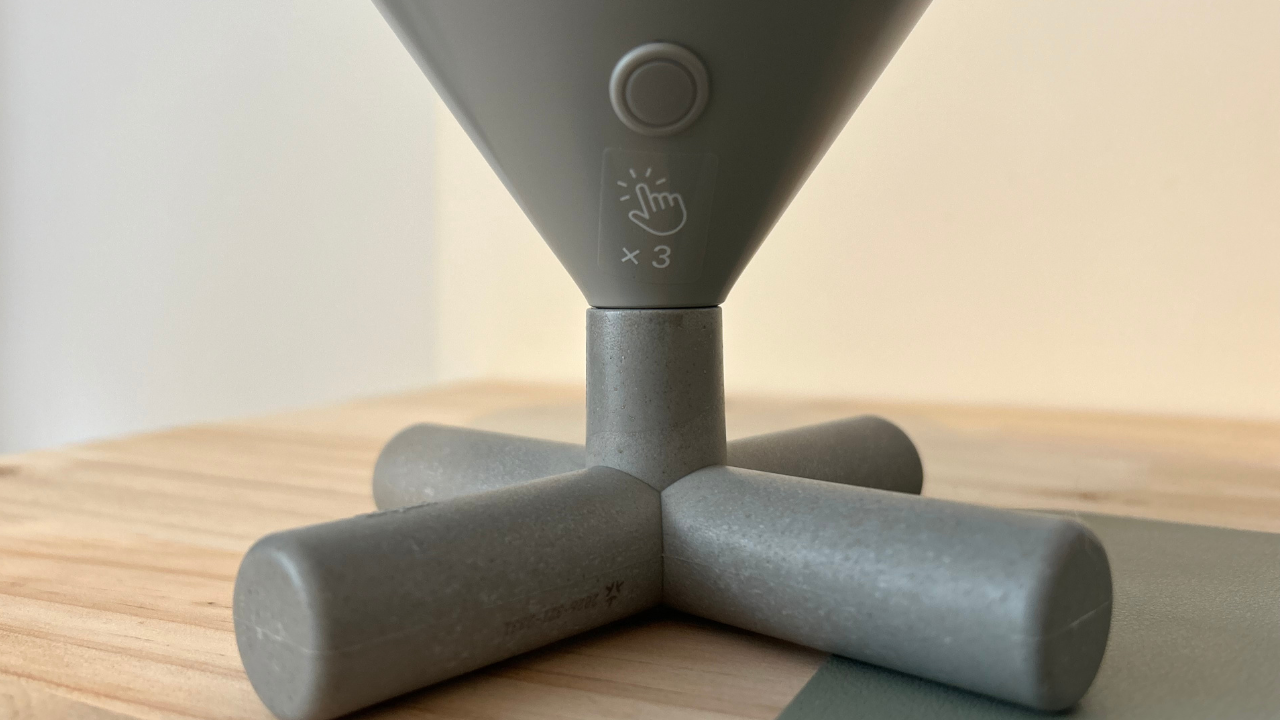
The Cono's body is made from an aluminium type metal, whereas the stand and rim feel like some kind of recycled plastic. For the price, I would say the materials used feel a little lower quality than expected.
Nanoleaf x Umbra Cono Portable Smart Lamp review: performance
The Nanoleaf x Umbra Cono is pretty perfect when it comes to its performance. It turns on easily and I enjoyed utilising the different ways it can be controlled. It is clear that the Cono has a lower lumen output than a lot of other portable lamps, especially in comparison with brands such as Philips Hue and WiZ. However, I didn't find myself wishing it was brighter, and thought it was perfect for creating ambience in the evenings.
The Cono is also extremely lightweight whilst being sturdy at the same time. This made it a nice addition to my desk, and I was able to move it around easily when needed.
The battery was also surprisingly long-lasting. Nanoleaf stated it lasts for about four hours after a full charge, but I found the Cono lasted nearly six. This probably depends on what kind of Scene you're using and the level of dimmability, but I was impressed with its longevity.
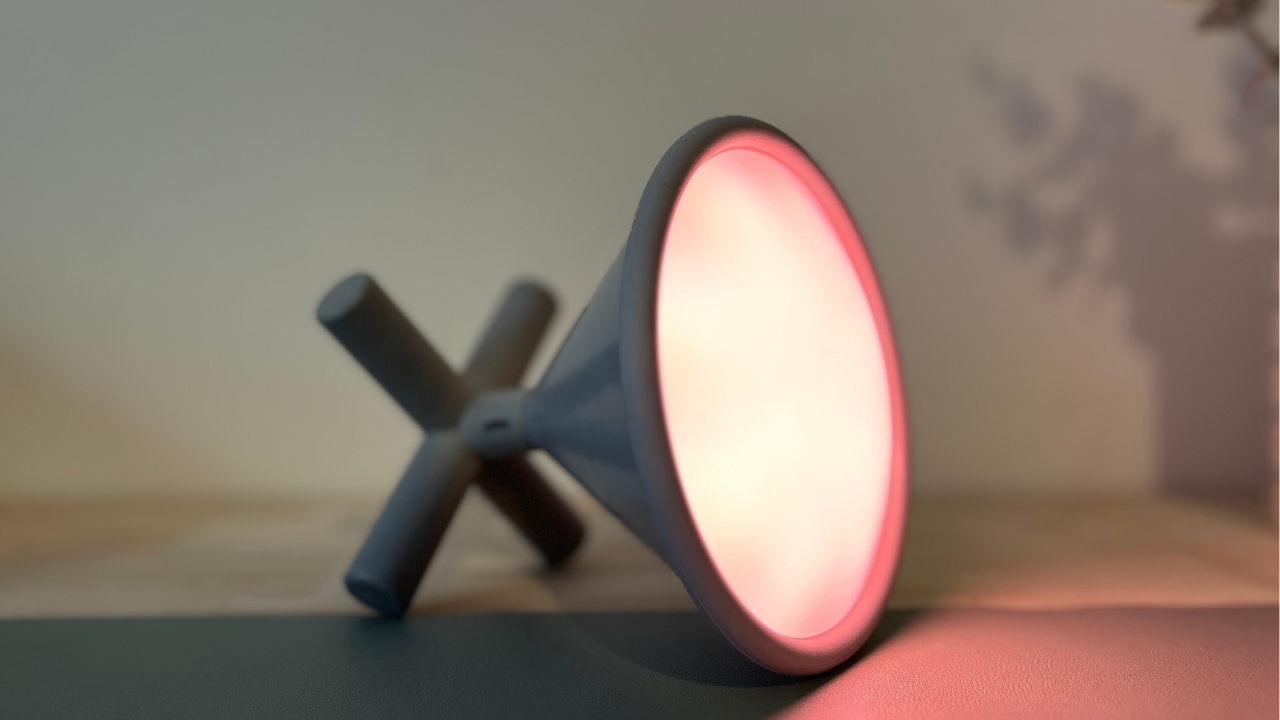
It was also incredibly easy to connect the Cono to the Nanoleaf app - I just had to scan a QR code and it was practically done for me. The app is easy to use, and there's a huge array of colours and Scenes to choose from. There aren't as many Scenes as Philips Hue, but again, Nanoleaf has included all the ones you'd want anyways. When on a Scene, the lamp seamlessly floats between colours and brightness levels, and there's no annoying flickering or unwanted snappy transitions to deal with.
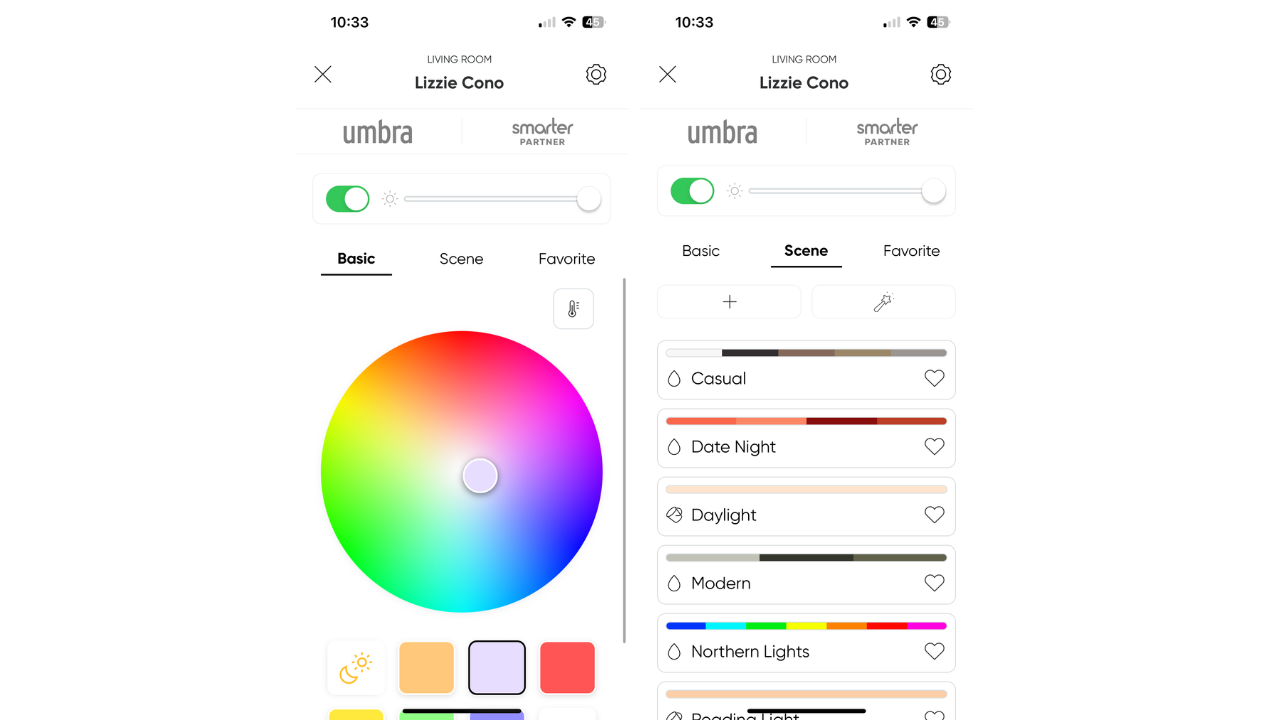
Nanoleaf x Umbra Cono Portable Smart Lamp review: verdict
Overall, I am impressed with the Nanoleaf x Umbra Cono Portable Smart Lamp. It provides a fun, unique way to create ambience in the home, and its design offers an attractive level of versatility. The Nanoleaf app is easy to navigate, and the fact the Cono is Matter-compatible means it can be synced to most existing smart home setups. For the price, I would probably expect better quality materials and a higher lumen output, but these issues don't impede on its performance.
Nanoleaf x Umbra Cono Portable Smart Lamp review: alternatives to consider
One alternative I'd strongly recommend is the Philips Hue Go 2.0. Not only is it £30 cheaper, but it emits a lot more lumens than the Nanoleaf x Umbra Cono. It's no secret that Philips Hue dominates the smart lighting market, so it's quite rare for a different product to be more expensive. The Hue Go 2.0 also has a built-in rechargeable battery and a huge array of colour options.
Another suggestion would be the WiZ Squire Table Lamp. It's portable and cheaper than the Cono, but some of its features are even better. For example, it produces up to 620 lumens of brightness and has a special dual zone design which paints a splash of light on the wall as well as the surface it's sitting on.
The Nanoleaf x Umbra Cono Portable Smart Lamp has actually been shortlisted for Best Smart Light in our T3 Awards 2024. Check out the other nominations if you're interested.







